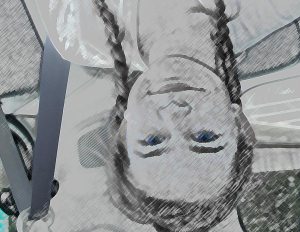Raise your hand if you are in marketing and have embraced the need to deliver content across multiple media and channels. It is a virtual certainty you have. It supports SEM strategies, increases impressions and communicates multiple perspectives. Content teams are working harder than ever to deliver quality content in a variety of forms.
Now, raise your hand if your budget and resources have increased proportionately. Note to self – no raised hands are visible. So without additional resources what options remain? Work harder or work smarter ( or both is a third option of course).
The dynamics of digital content are very different than non-digital. I recognize that this is obvious, but how much have your content creation strategies changed? Not much… is the response from most organizations.
The business world still has a documents-first mindset. Oh sure, they are tweeting, some are blogging, a few are socially active, and if my email inbox is a barometer, everyone has a marketing automation tool. But the source, focus and process is typically based on a document, which marketing then repurposes across digital channels.
Repurposing content is reactive, not proactive
“Repurpose your content.” You’ve read it, I’ve read it, it is everywhere. It makes sense – at first glance. But when you look deep into your goals and digital tactics, it’s backwards. Repurposing content from high-value documents like whitepapers or eBooks, is inefficient. It’s a reactive retrofit, not a proactive strategy.
I’m not saying that your whitepaper is not valuable, just that how most create them today is inefficient considering additional digital content goals.
Engineer you content, don’t retrofit
The idea of content engineering is based on the need for scale and orchestration of message. It is an evolution guided by content, communication and promotion strategies designed to articulate value to an audience where they will find it and in a form appropriate for consumption. Fish where the fish are. The challenge (as if there is only one…) is that there is no longer a large school of fish, but many ponds and baits.
I embrace the engineering approach because it is rooted in strategy and progressive steps. Strategy is a top-to-bottom approach, defining the core conceptual message, goal and tactics. Strategy guides the framework – your message pillars that can both stand-alone and support the big idea. Each pillar has it’s own foundation and unique conversational value.
What is more unique than non-digital approaches is the idea of creating functional components from the bottom up. Developed incrementally and progressively, guided by the broader strategic message, each pillar is functional along the way and does not need to be reverse engineered to become smaller assets later.
This process is efficient and delivers incremental content throughout the process. It provides a roadmap to inter-connect supporting ideas and will often uncover relationships that were not initially obvious. Most importantly, you won’t be waiting for the completion of the ‘next big thing’ and then working backwards to extract messages and content to promote it. Instead, you’ll have time to orchestrate how it is delivered and shared with your target audience.
What is your experience – care to share?


